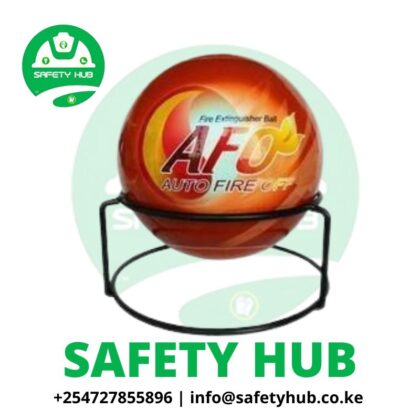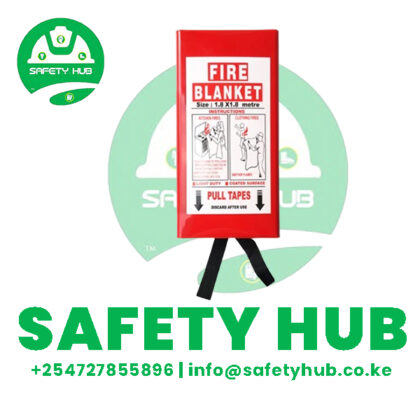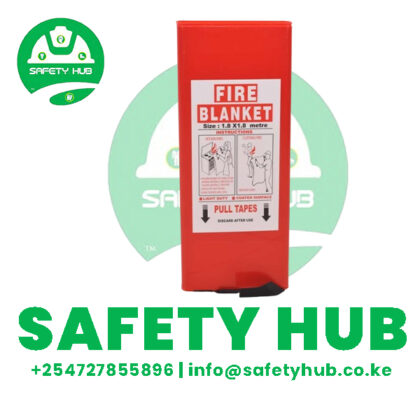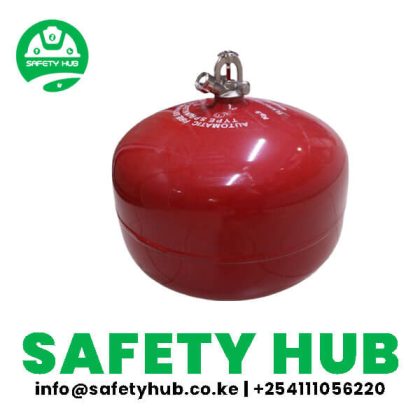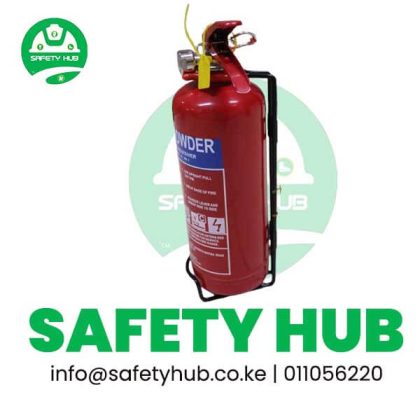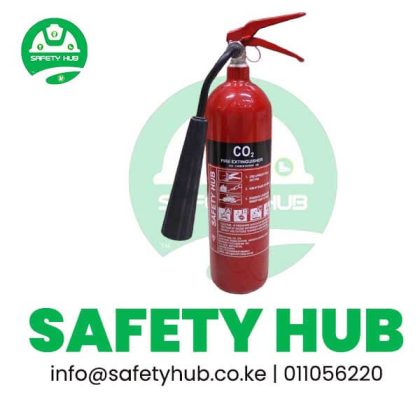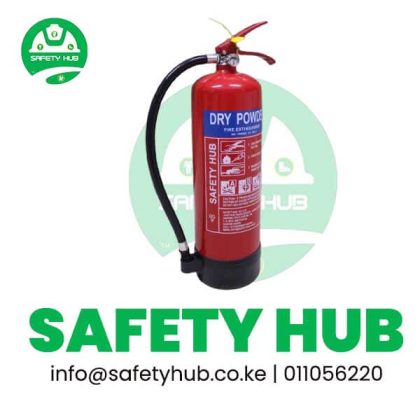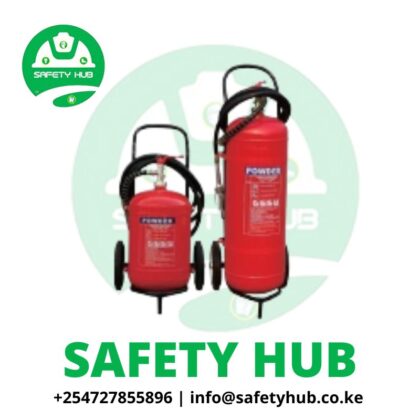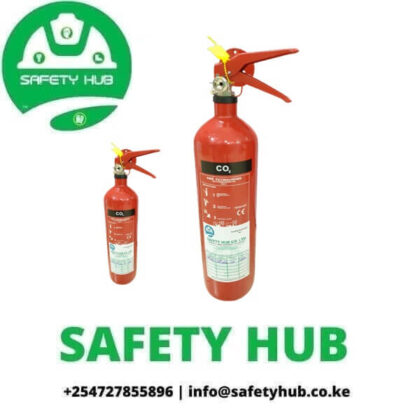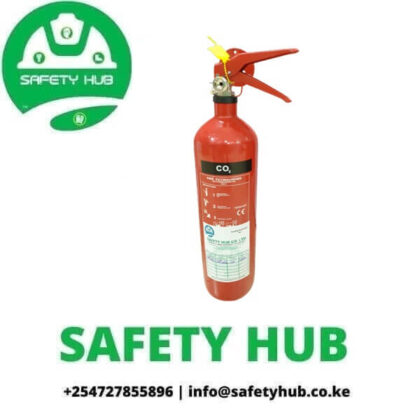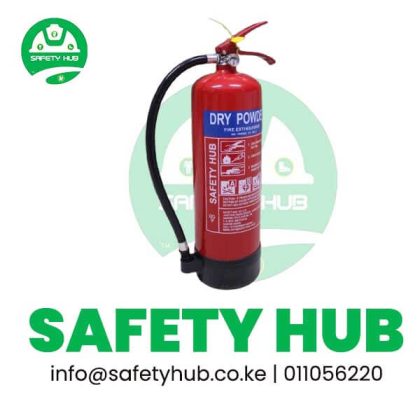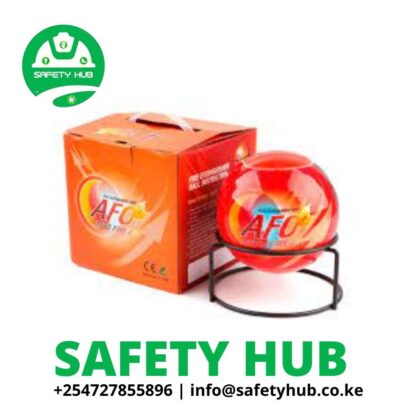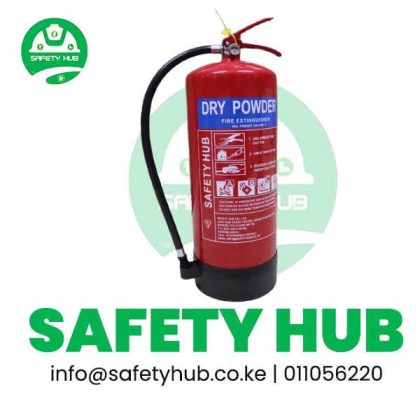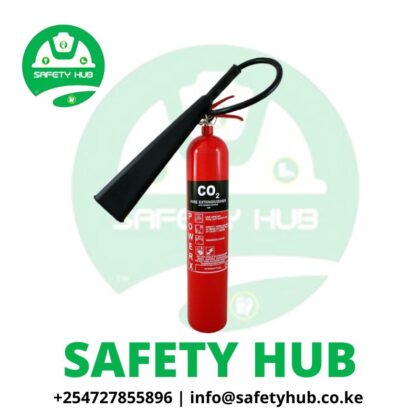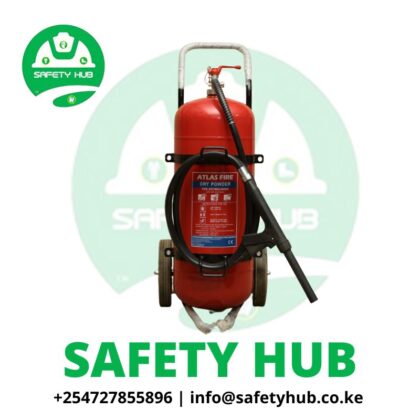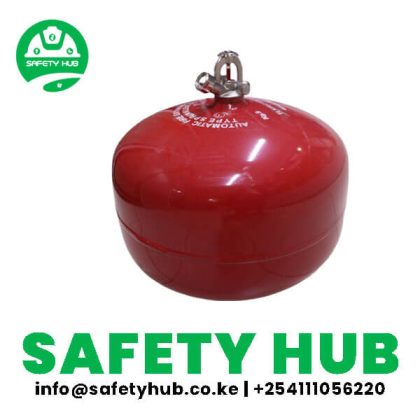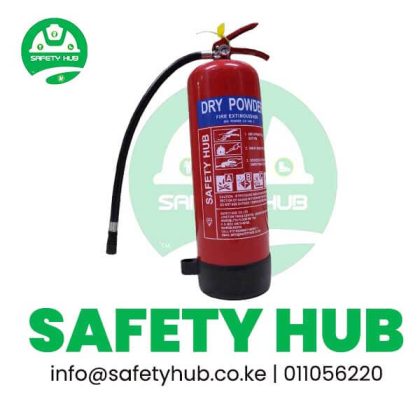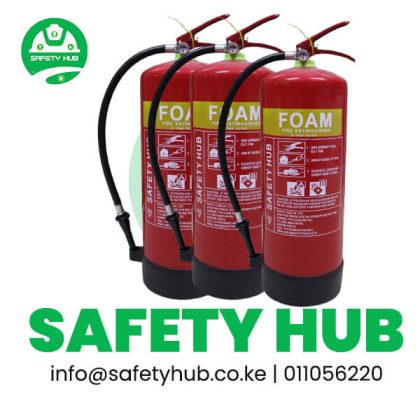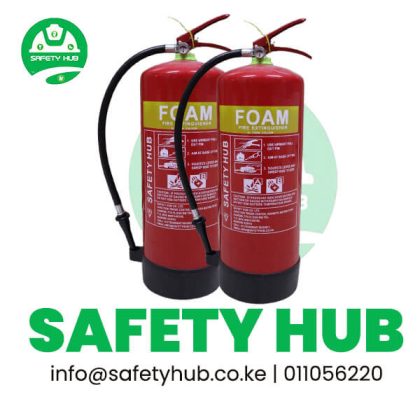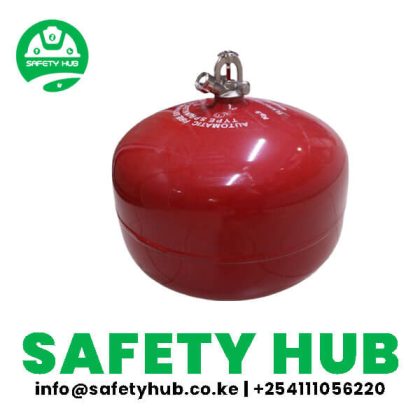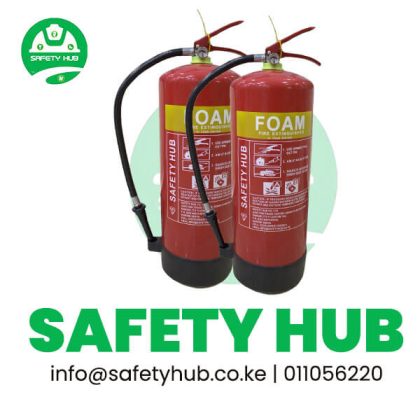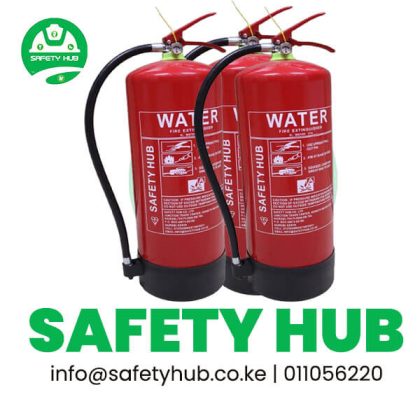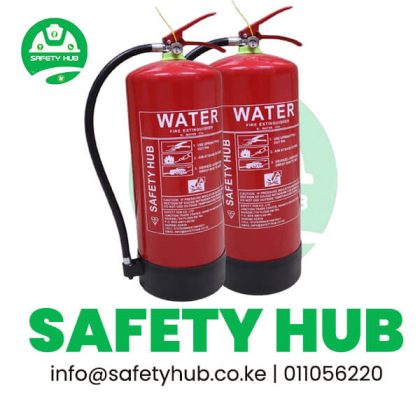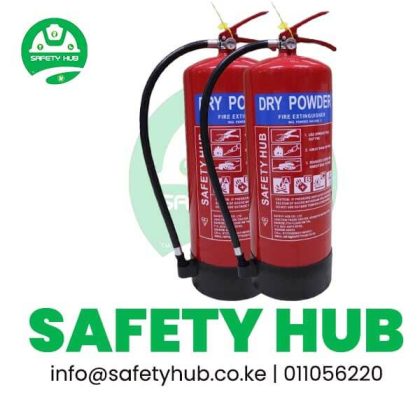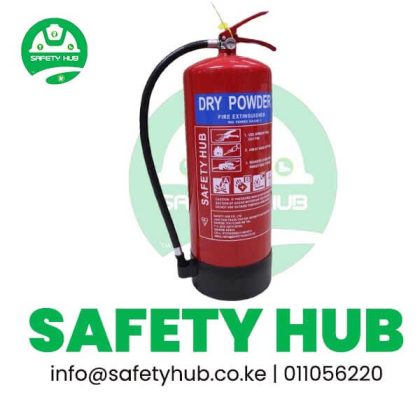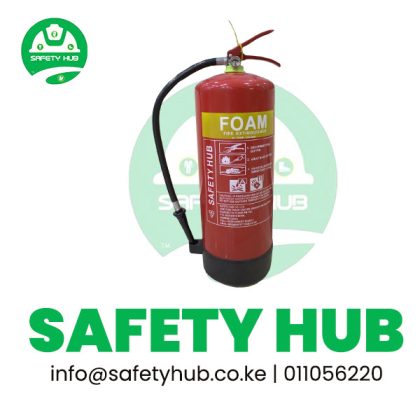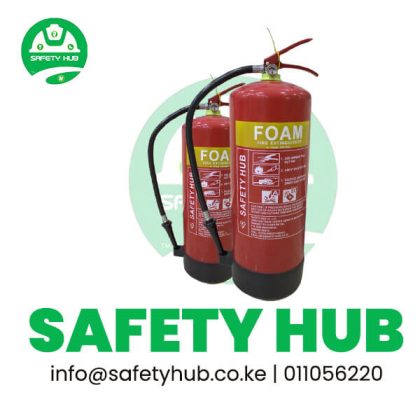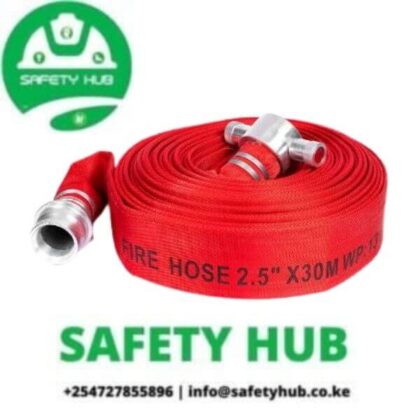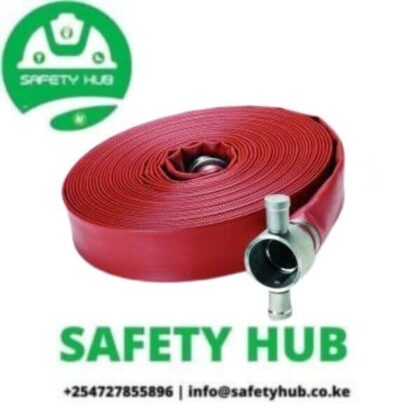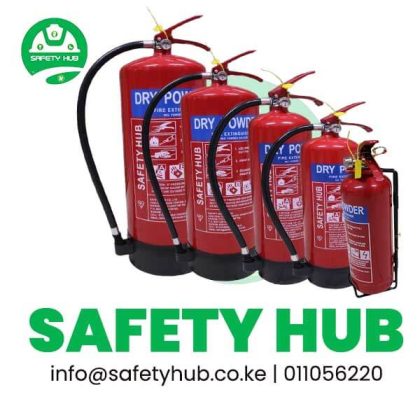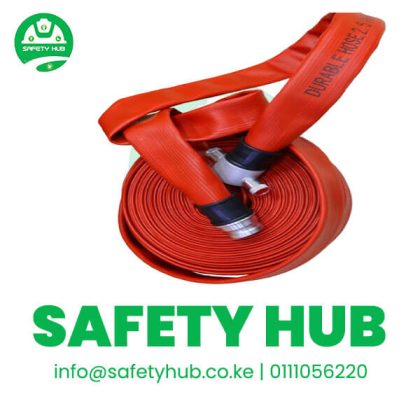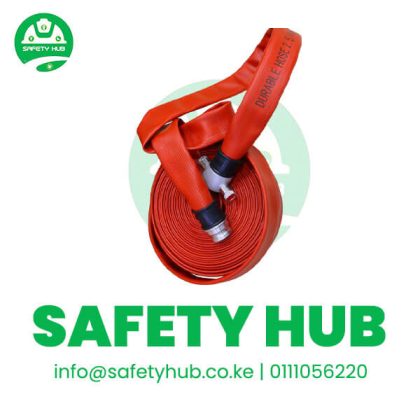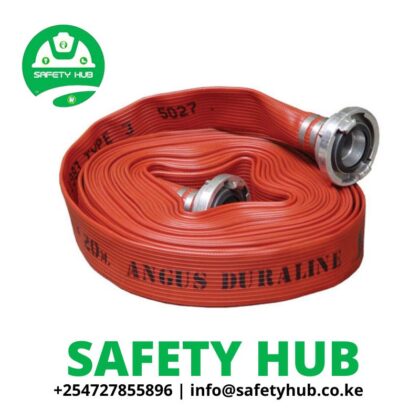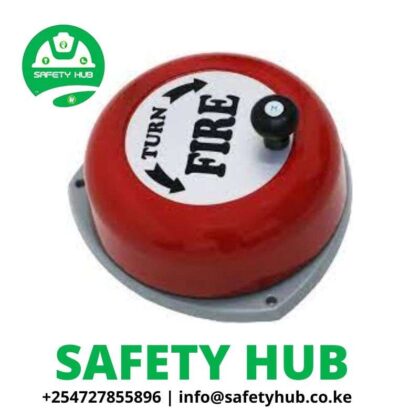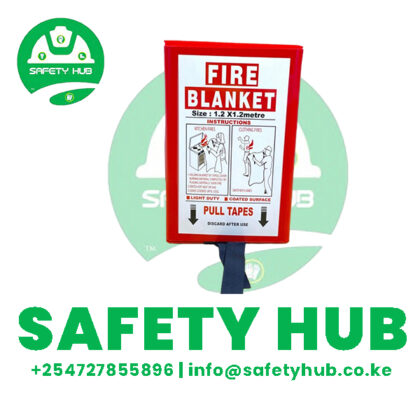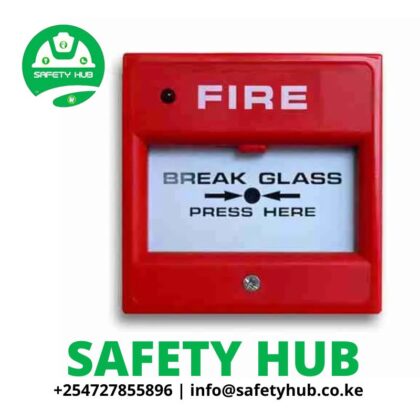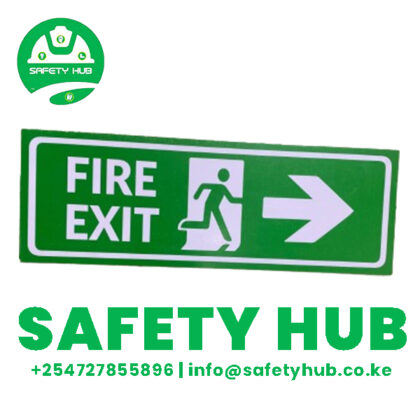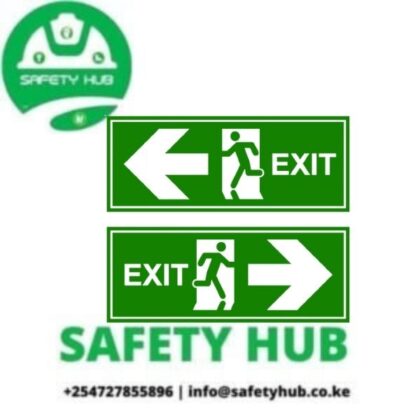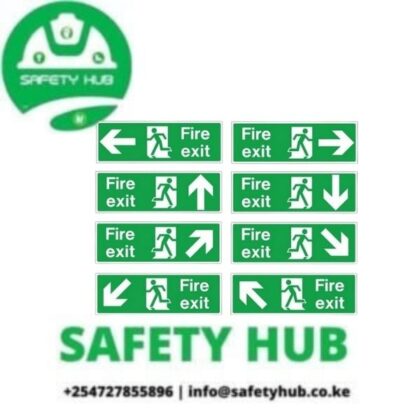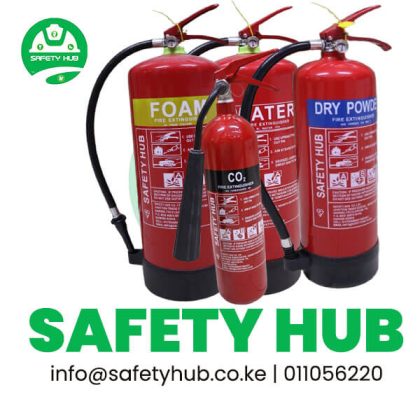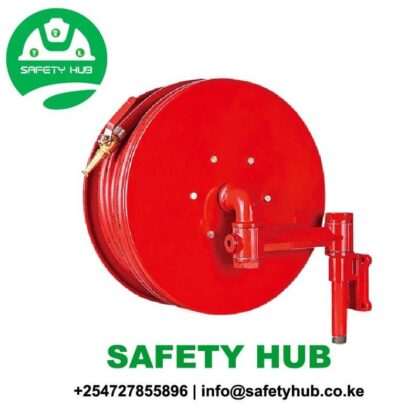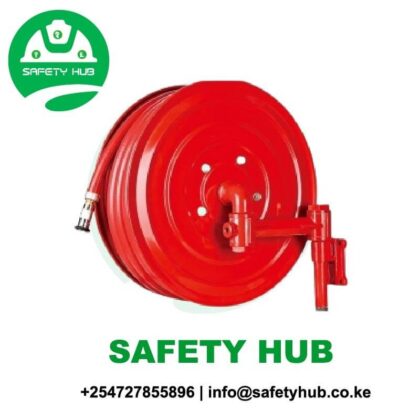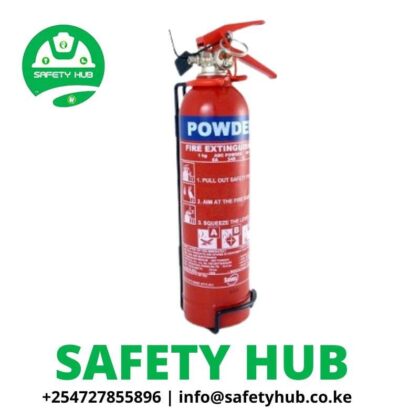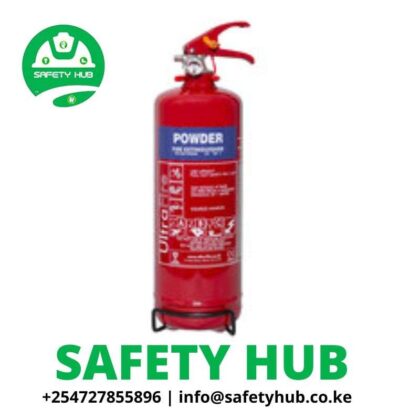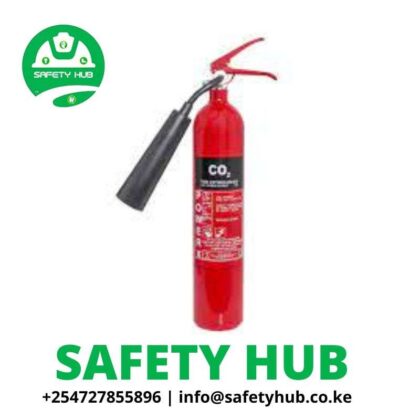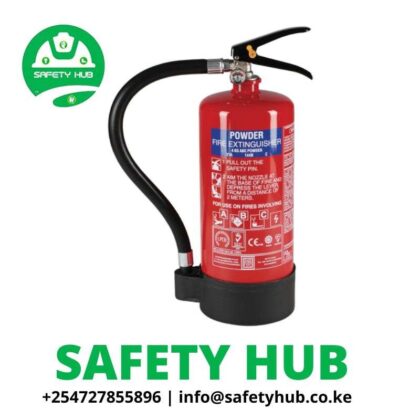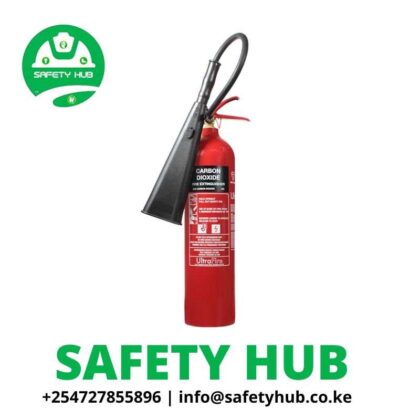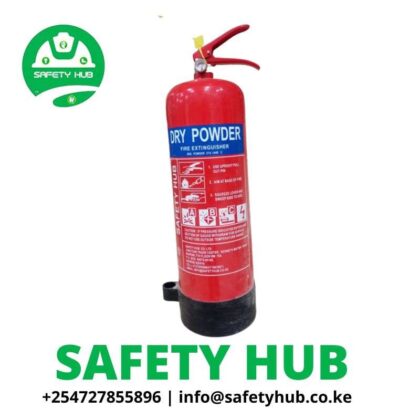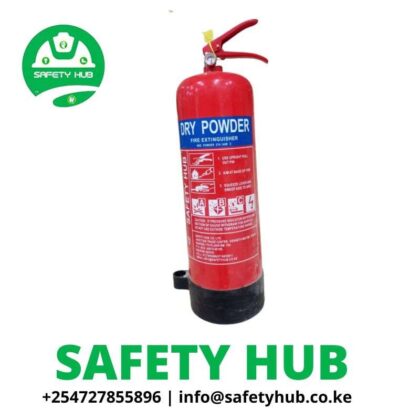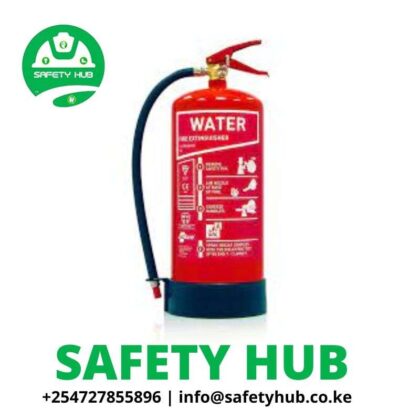Having discussed above the various types of fire, below is the different types of fire extinguishers and the respective fire that they extinguish
- Water fire extinguishers
Water fire extinguishers are used to extinguish class A fires. They have a red colour band as per the required standards.
Water extinguishers tackle fires resulting from wood, straw, rubber, paper and plastics. The extinguisher has a spray nozzle which helps to cover a wide surface area.
In some, the water has additives to make them more efficient and to reduce the size and weight. However, these are more expensive
This is the most common and simplest type of extinguisher and is ideal for use in offices, shops, schools, hotels and domestic premises
- Water mist extinguishers
This is the most recent type of fire extinguisher. They are powerful and exude fine microscopic mineralized water.
They are ideal for class A,B,C and F fires. Some mist fire extinguishers are ideal for electrical fires up to 1000v volts.
This type of fire extinguisher works by cooling the fire and reducing the oxygen supply. However, they cannot be used on class D fires.
- Foam Fire Extinguishers
Foam Fire extinguishers are used for class A and class B fires and have a cream band. They are idea extinguishers for burning liquids such as paint, turpentine and petrol.
If tested and approved, these extinguishers can be used on electrical connections if fired at a distance.
- Dry powder fire extinguishers
Powder fire extinguishers are used for class A, B and C fires. They putt off fires from burning solids, gases and liquids.
How do the dry powder fire extinguishers put off fires? They work by foaming a crust or coating that smoother the fire by displacing oxygen and thus stops it from spreading.
One of the disadvantages of dry powder extinguishers is that they do not have a cooling effect on the fire and they do not soak into the item/materials.
If inhaled, the powder is hazardous and thus should be used in highly ventilated areas. After use, the powder extinguishers give a lot of cleaning work.
Some special fire extinguishers with additives can be used to extinguish class D fires involving combustive metals such as aluminum and lithium. They cannot be used for Class F fires.
- CO2 Fire Extinguishers
This extinguish contain pressurized CO2 gas and have a black label. They are ideal for class B and electrical fires.
Carbon dioxide fire extinguishers work by displacing the oxygen and they do not have any residue. They are, therefore, for electrical connections as they do not cause any damage or cause a short circuit.
One shortcoming is that these extinguishers get very cold during discharge and if not fitted with the right type of handle, they may cause your fingers to freeze during deployment.
Fire can easily re-ignite if the CO2 is absorbed into the atmosphere, this poses a risk and lowers the post-fire security.
These extinguishers are ideal for server rooms and factories.
- Wet Chemical Extinguishers
They contain pressurized wet chemical (solution containing alkali salts and water) and have the yellow band. These extinguishes are the best for class F fires (fires from fats and cooking oils).
They can also be used for class A and B fires and extinguish fires by forming a fine mist on the materials thus cooling the fires and preventing spread.This is one of the most expensive types of extinguishers.
The latest fire reports show that four out of ten people are using the wrong type of fire extinguisher on electrical fires. After the Kenyan government rolled out the rural electrification program, most parts of Kenya now have electricity. These has also led an increase in the number of fires emanating from electrical connections. This leads to today’s question, which is the best fire extinguisher for electrical fires?
For electrical connections, CO2 is highly recommended. Carbon dioxide fire extinguishers put off fires by displacing the oxygen element which is an element of combustion. Once oxygen is displaced then the fire is easily distinguished. Besides CO2 extinguishers are recommended on electrical fire as they do not leave any residue and lowers the risk of short circuit.
When electrical fires are taking place, you are advised not to us foam, water-based and wet chemical extinguishers as they may during the deployment, they may conduct electricity and cause electrocution.
.

